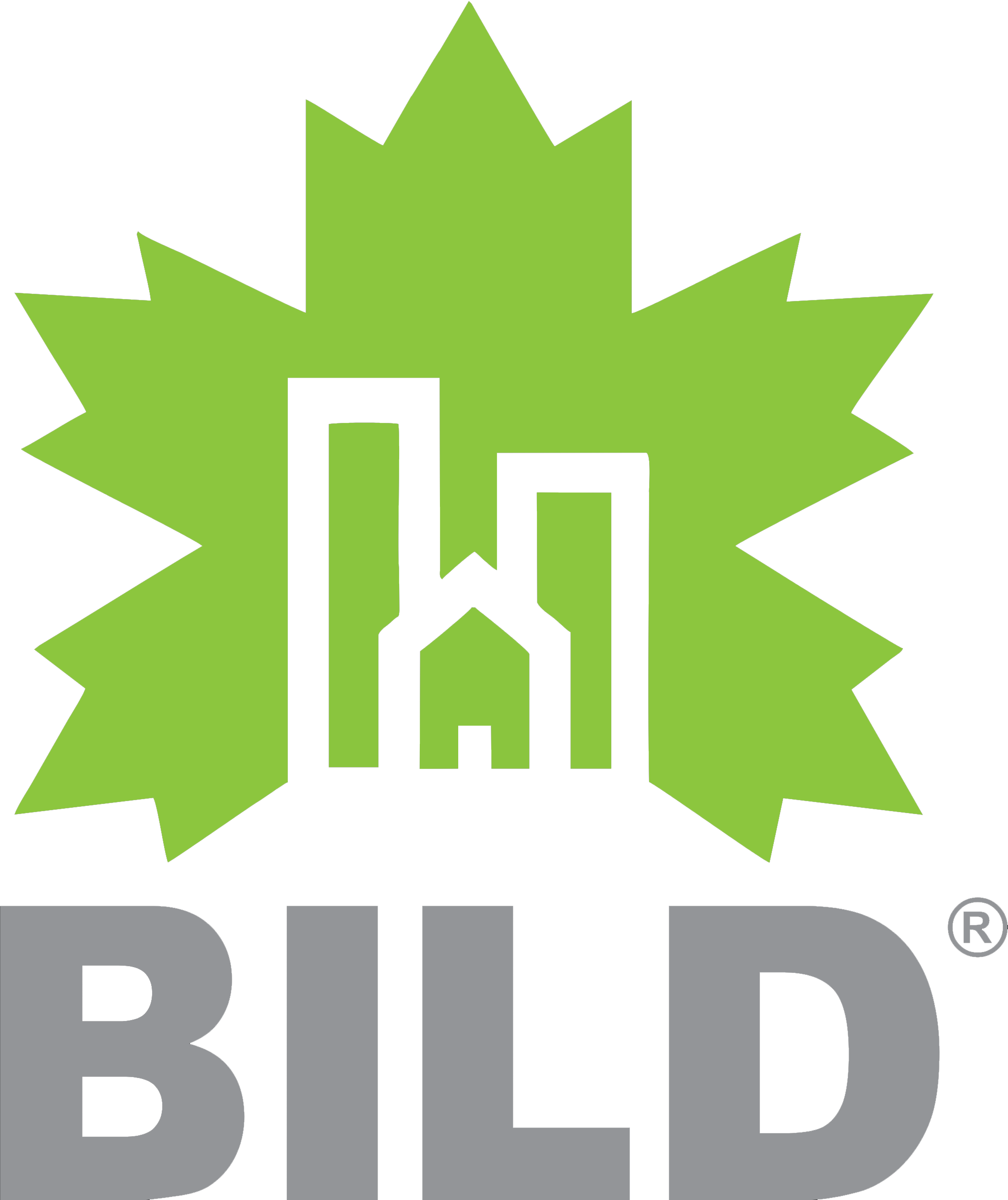The world of architectural visualization and real estate has experienced a significant transformation in recent years, driven by the rapid advancement of technology. One particular innovation that has captured the industry’s attention is virtual reality (VR), which holds the promise of providing unprecedented levels of immersion and interactivity.
At RenderTech Studio, we recognize the incredible potential of virtual reality to disrupt architectural visualization and real estate spaces. We are committed to harnessing its capabilities to deliver unparalleled client experiences.
In this captivating article, we will explore the numerous benefits and applications of virtual reality in architectural visualization and real estate showcasing. We will discuss how VR can offer truly immersive presentations, enable interactive and engaging experiences, and transform how professionals market their properties.
By understanding the powerful capabilities of virtual reality, architects, designers, and real estate professionals can embrace this groundbreaking technology and revolutionize their methods of presenting and showcasing their projects.
Immersive Presentations for Effective Client Communication
Virtual reality offers unparalleled levels of immersion, transforming the way architectural and real estate professionals present their projects to clients:
- True-to-life visualization: VR enables users to experience life-like design presentations, allowing them to explore and navigate virtual environments as if they were physically present. This can lead to a deeper understanding of the proposed design, as clients can experience spatial relationships, material selections, and overall aesthetics first-hand.
- Emotional connection: Immersive virtual reality presentations can elicit powerful emotional responses, leaving a lasting impression on clients and increasing the likelihood of project approval.
Incorporating virtual reality into presentations can dramatically enhance client communication, fostering collaboration and better decision-making.
Interactive and Engaging Showcasing Experiences
VR technology can be leveraged to create interactive showcasing experiences in real estate, generating a level of engagement that exceeds that of traditional methods:
- Customizable property tours: Virtual reality enables potential buyers or tenants to take personalized, interactive tours of properties, exploring each room and interacting with various design elements at their own pace. This can lead to a more informed and confident decision-making process.
- Virtual staging and customization: In virtual reality experiences, properties can be easily staged with various furniture layouts and designs. Potential buyers or tenants can also personalize the space by changing colours, materials, and fixtures, allowing them to envision the property as their own.
Embracing virtual reality for real estate showcasing can lead to a more interactive, engaging, and successful customer journey.
Transforming Marketing and Sales Initiatives
Virtual reality also has significant implications for marketing and sales efforts in the architectural and real estate sectors:
- Innovative marketing campaigns: By incorporating VR into marketing initiatives, businesses can attract potential clients and investors, providing them with a unique and memorable experience that stands out among competitors.
- Borderless experiences: Virtual reality enables users to tour properties from anywhere in the world, broadening the reach of architectural and real estate professionals to an international market.
By integrating virtual reality into marketing and sales strategies, professionals can capitalize on the powerful capabilities of this cutting-edge technology and expand their reach.
Staying Ahead in a Tech-Driven Industry
As virtual reality continues to shape the world of architectural visualization and real estate showcasing, it is crucial for professionals to stay informed and prepared for the future:
- Skill development: Dedicate time and resources to learning about virtual reality tools, platforms, and techniques, ensuring you remain competitive and knowledgeable in the evolving landscape.
- Adaptable mindset: Be open to adopting virtual reality as it becomes increasingly accessible and advanced. Embrace the potential for virtual reality to transform your services and client experiences.
By staying informed and adaptable, architects, designers, and real estate professionals can remain competitive in a tech-driven industry.
Unlocking the Potential of Virtual Reality
The integration of virtual reality technology into architectural visualization and real estate showcasing has the potential to revolutionize the way professionals shape and present their projects. Through immersive presentations, interactive experiences, and innovative marketing initiatives, virtual reality can enhance client communication and engagement, ultimately leading to more successful project outcomes.
As the world of architectural visualization and real estate continues to evolve, it is essential for professionals to stay informed and adapt to the changing landscape, embracing the potential of virtual reality to redefine their approach. Work with our team at RenderTech Studio, and let us discuss our architecture visualization products and rendering services!



